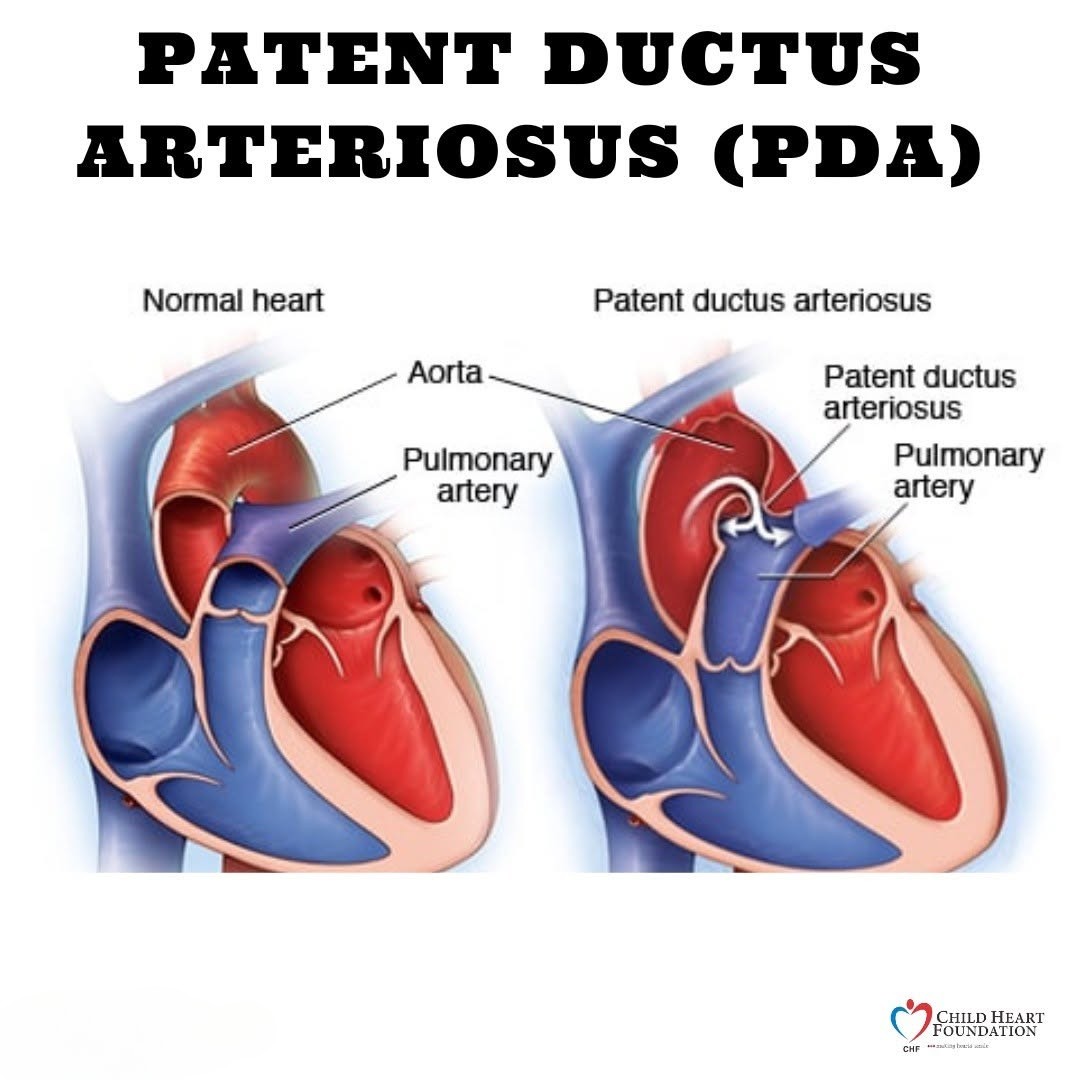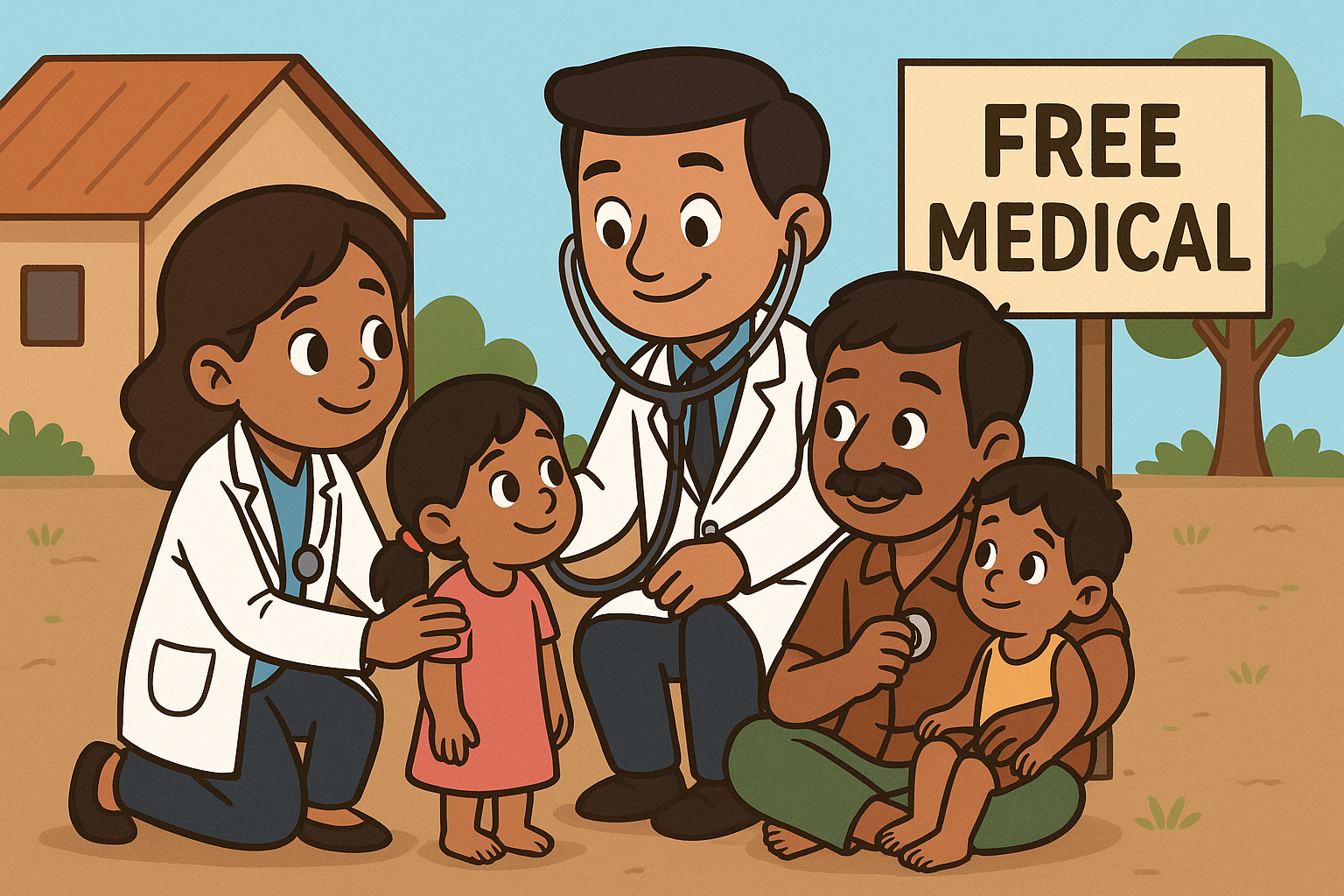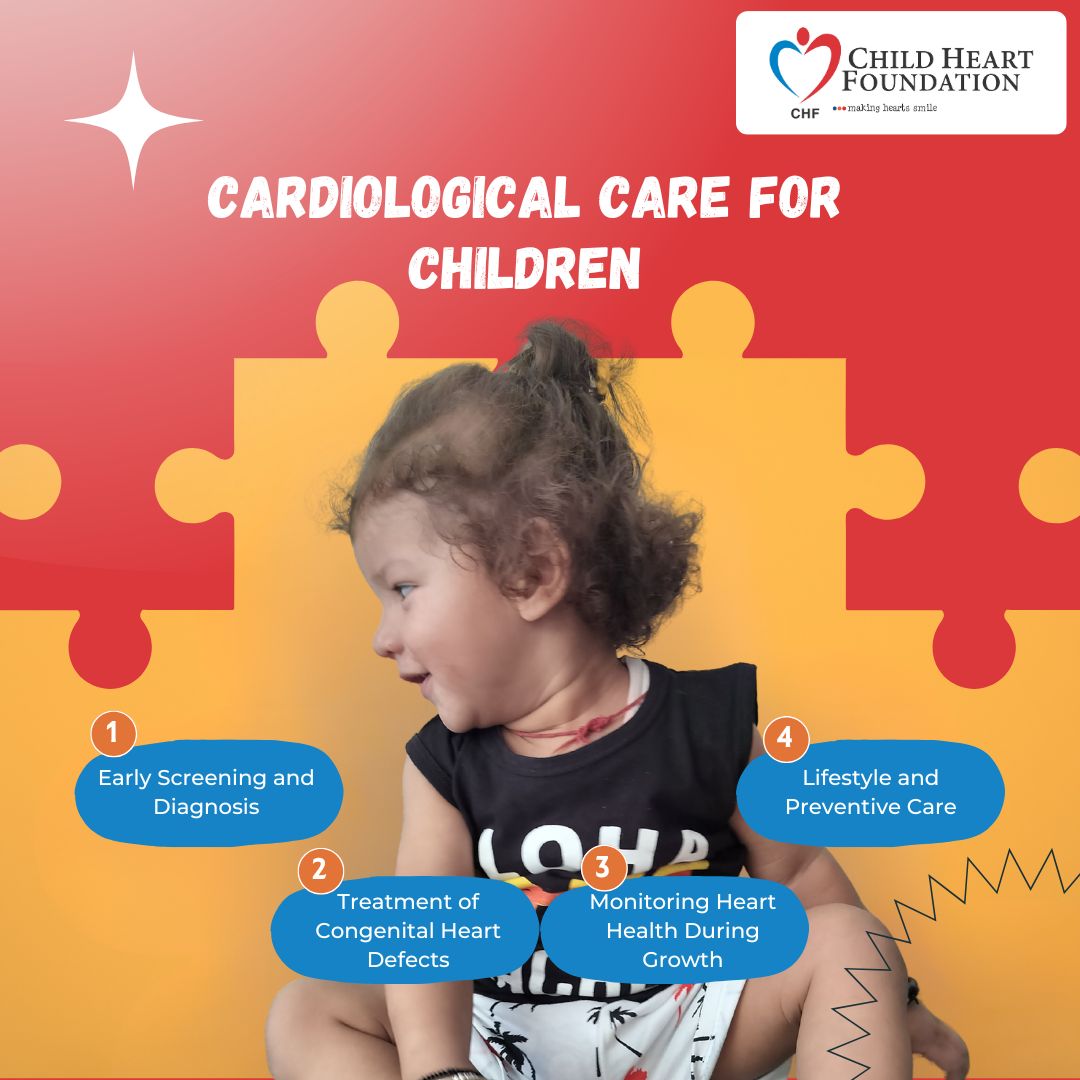
Heart connections : Modern Breakthroughs in treating Patent Ductus Arteriosus (PDA)
Patent ductus arteriosus (PDA) is a heart condition where a small blood vessel, the ductus
arteriosus, fails to close after birth, leading to abnormal blood flow between the main heart
artery (aorta) and primary lung artery (pulmonary artery). This condition is more common in
premature infants but can also affect full-term babies. If left untreated, Patent ductus
arteriosus can lead to problems like:
● Heart failure
● Endocarditis (inflammation and infection of the lining of the heart)
● Pulmonary Edema(fluid in the lungs)
● Pulmonary Hypertension( high blood pressure in the blood vessels of the lungs)
Fortunately, there are several treatment options to address PDA, ranging from medication to
surgical intervention.
The Child Heart Foundation is a non-governmental organisation that provides assistance to
infants who are born with congenital heart problems like patent ductus arteriosus (PDA),
ventricular septal defects (VSD) and other ethical medical conundrums. These conditions
call for early detection, targeted therapies and prolonged treatment all of which is demanding
financially and emotionally for families affected. The aim of CHF is to ease such stresses by
providing a great number of activities which enhance the life and health of the children
suffering from this complexity, particularly the disadvantaged.
The treatment includes:
1. Observation and Monitoring:
In some cases, especially in small PDAs, doctors recommend close observation. Some
PDAs resolve on their own, particularly in younger gestational age patients.
Regular monitoring through echocardiograms and physical examinations are performed to
ascertain the need for other measures.
2. Medication:
Medications like ibuprofen or indomethacin can encourage PDA closure in preterm infants by
reducing the levels of prostaglandins, which keep the ductus arteriosus open. These drugs
are usually effective in infants born prematurely, although they may be less effective in older
or full-term infants.
3. Cardiac Catheterization :
If the PDA does not close on its own or with medication, catheter-based closure is the most
common, minimally invasive approach for the treatment of PDA.
A paediatric interventional cardiologist makes a tiny incision near a large blood vessel in the
leg . A small device, typically a coil or an occluder, is inserted through a catheter (a thin tube)
into the ductus to seal it. This procedure is effective and has a quick recovery time, often
suitable for children and adults with larger PDAs.
4. Patent Ductus Arteriosus Surgery:In cases where other treatments are unsuitable or unsuccessful, surgery may be necessary.
This procedure, called PDA is done by a paediatric heart surgeon who makes an incision in
the chest and then closes the PDA by stitching or clipping it. Although more invasive, it is
highly effective and typically has good outcomes.
Early diagnosis and appropriate treatment of PDA are essential for preventing complications.
Treatment options depend on the patient's age, PDA size, and overall health. Consulting
with a paediatric cardiologist is crucial to determine the best approach for each individual
case. With advanced treatments available, PDA can be effectively managed, allowing most
patients to lead healthy lives.
Most children who have undergone surgical procedures need prolonged follow-up care and
specialised management in order to assess their cardiac health and growth. The Child Heart
Foundation helps families with post-operative care resources, including nutrition and
exercise management, regular medical check-ups, to help ensure that these children
continue to grow as they age.
Stay Connected
Stay connected for updates, insights, and exciting news delivered directly to you.
Recent Post
-
May 21, 2025
-
Mar 12, 2025



